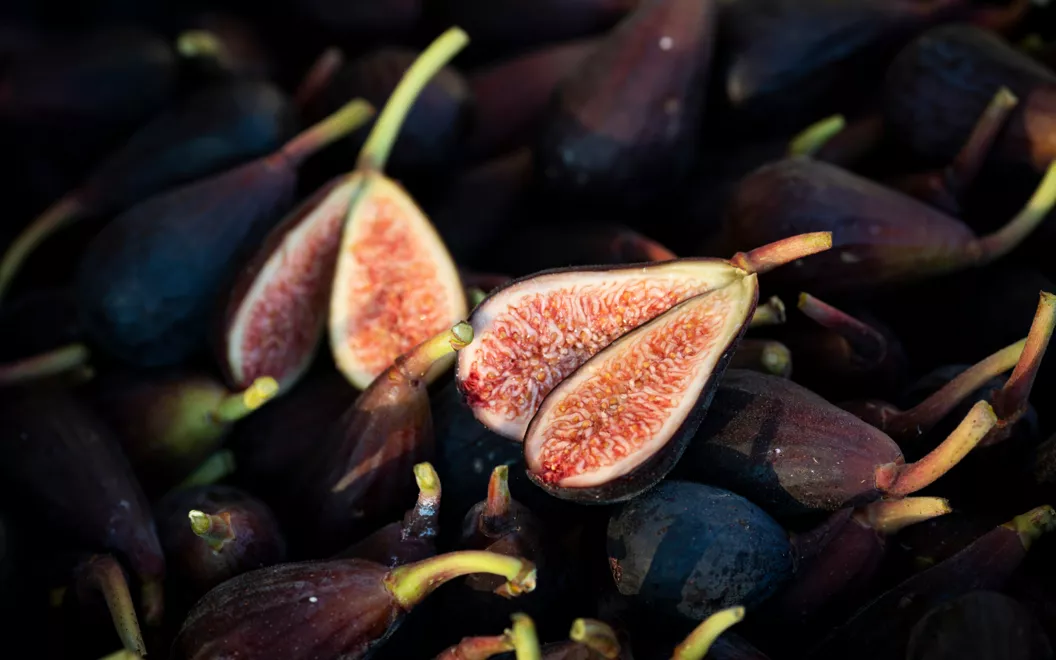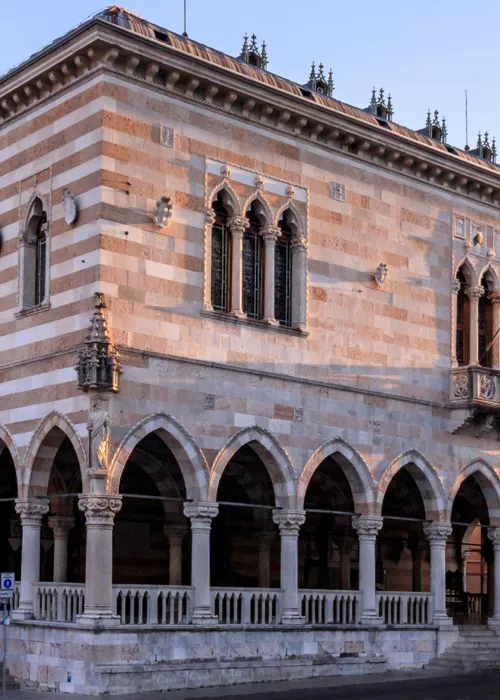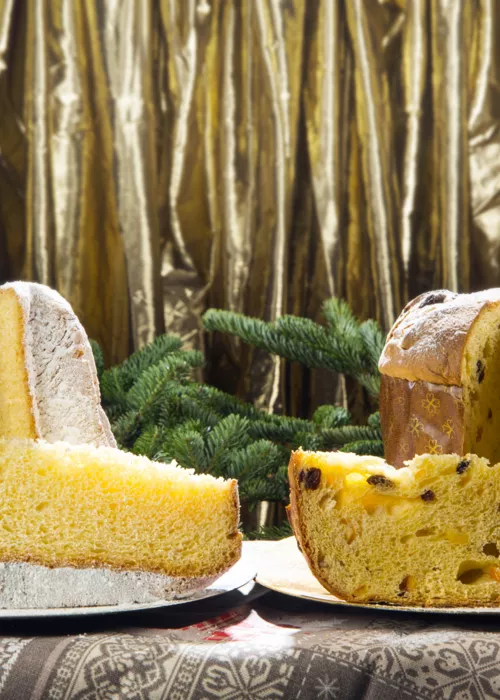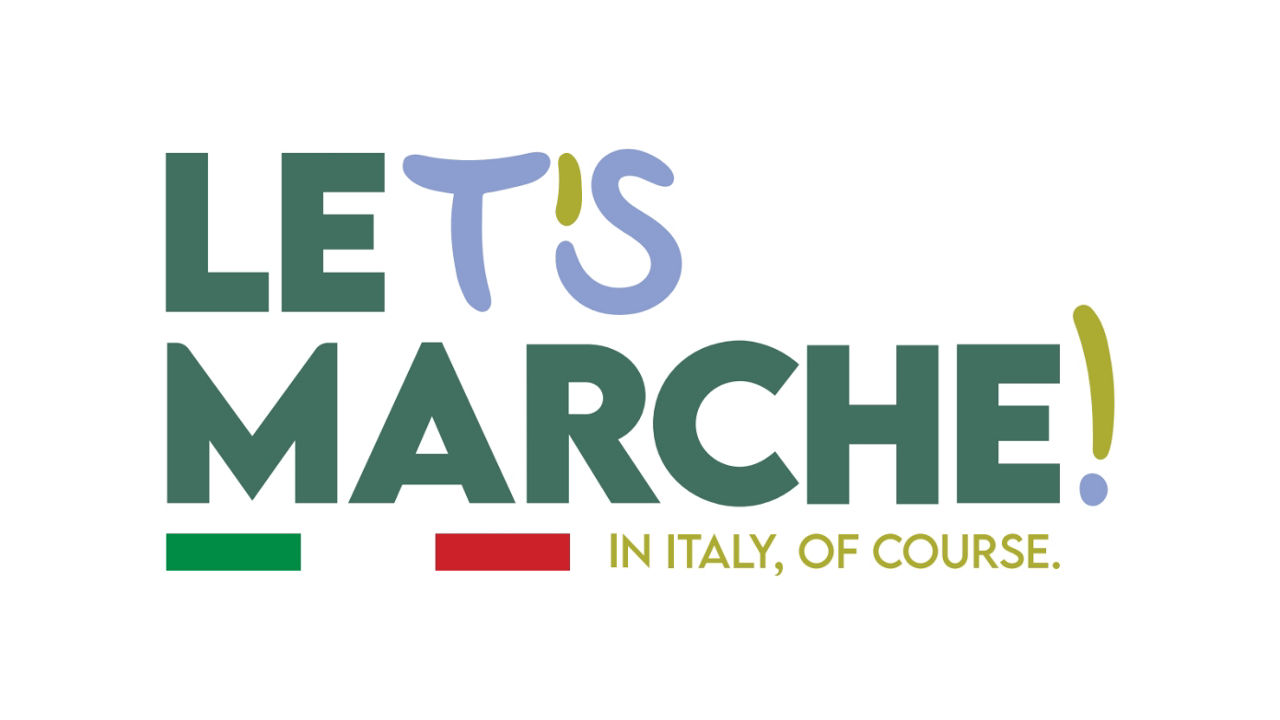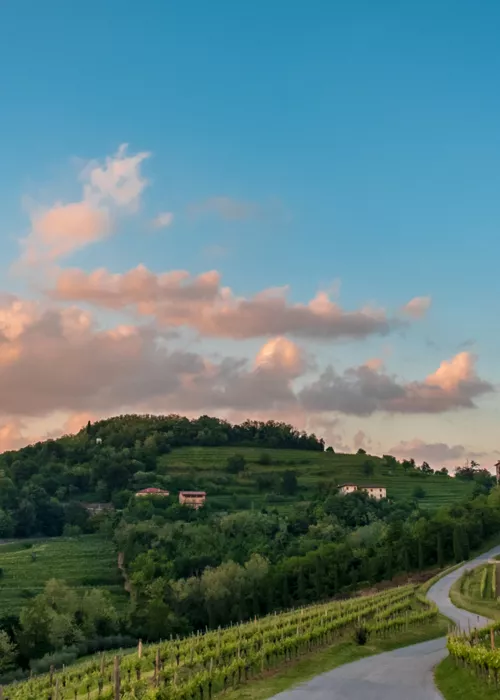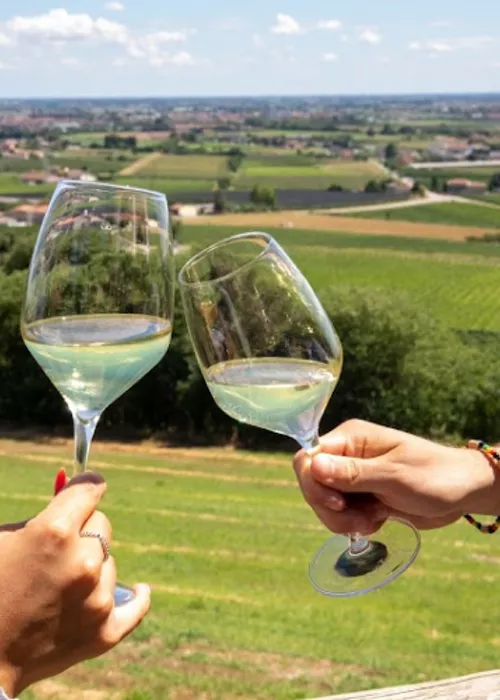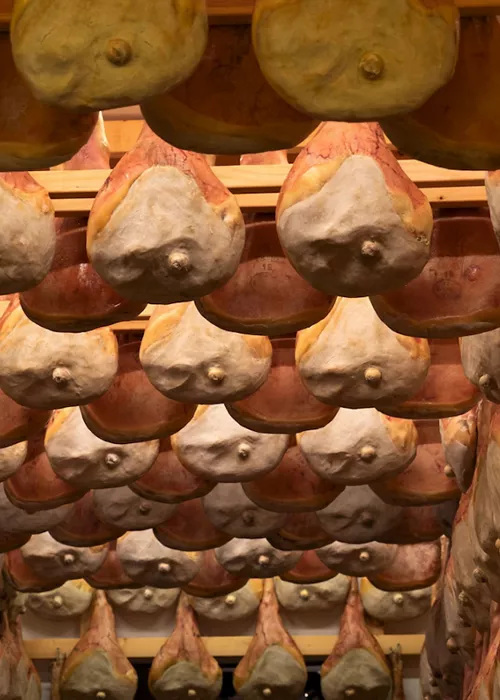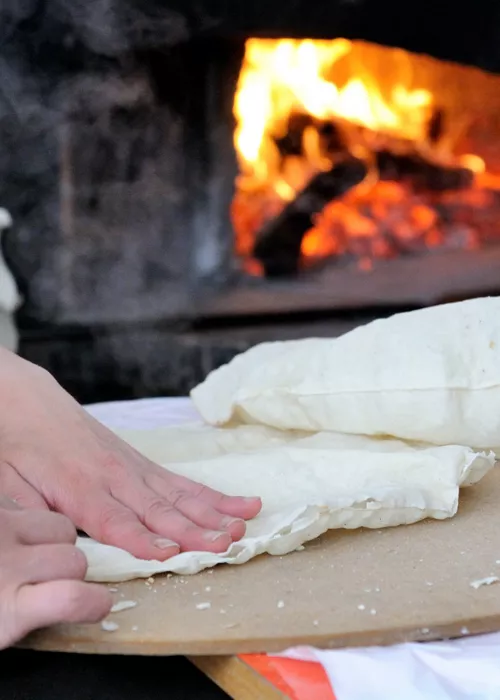The Friuli-Venezia Giulia region by way of Renato Bosco’s pizza
3 minutes
The history of the Figo Moro from Caneva and other culinary wonders of Friuli-Venezia Giulia
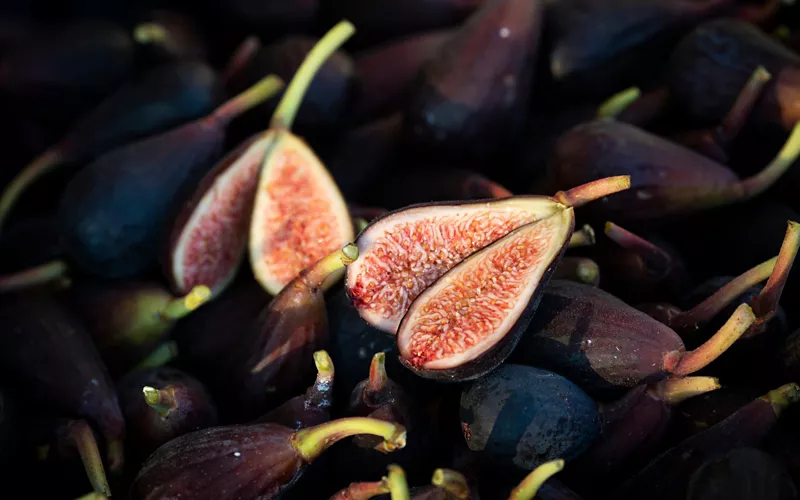
Homer mentions it three times in the Odyssey, it has been immortalised in wall paintings in ancient Egypt, and the Phoenicians used it as their main food during their sea voyages, contributing to its spread throughout the Mediterranean. We’re talking about the Figo Moro (black fig), the plant originating in Syria that is among the first cultivated by man and that arrived in Friuli Venezia Giulia, where today it is one of the most prized local products, before the 14th century.
The Figo Moro arrived in the Caneva area, the last bastion of the Patriarchate of Aquileia, before the 14th century, and took root in these hills, in a green and fertile area, rich in elements such as iron and calcium carbonate, where the Livenza river flows. Over time, these fruits became a favourite of Venetian nobles, due to their unmistakable sweet flavour and unique sensory qualities.
This type of fig has an elongated shape and measures between 3 and 3.5 centimetres. It is recognisable by its typical thin, dark purple-blue skin, and bright red, honey-coloured flesh.
The plants are so hardy that even today producers do not use any chemicals to make them grow or protect them from pests and diseases.
Over the centuries, the Figo Moro has become very important to the community of Caneva: here, from August to September, when it is ripe, it is still harvested by hand, at first light in the morning and at nightfall, following a tradition that has remained unchanged over time.
To promote this delicious fruit, the Consortium for the Protection and Enhancement of the Figo Moro was founded in 2006, and consists of around 50 local producers.
Beyond the Figo Moro
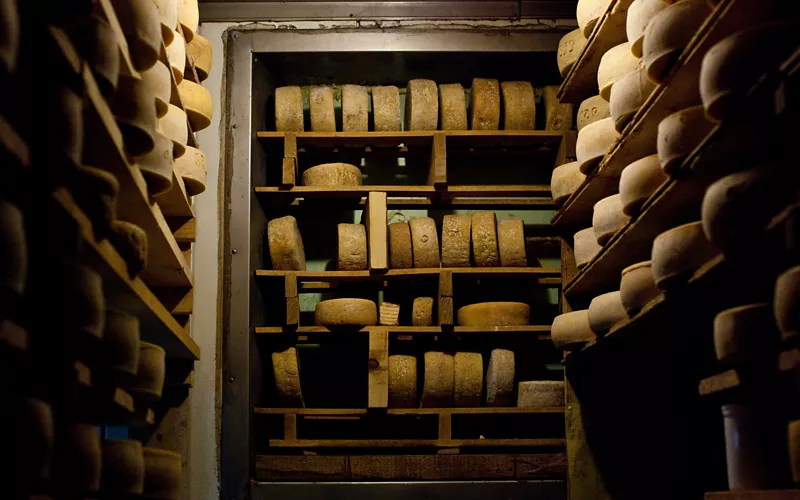
The Figo Moro can be enjoyed with sweet or savoury food, but it expresses its full potential when paired with other Friulian delicacies, for example with a slice of San Daniele PDO prosciutto crudo or a slice of Montasio PDO, a cheese with a soft and delicate taste.
It also pairs perfectly with Formadi Frant, a mountain pasture cheese that originates in Carnia, one of the most unspoilt areas in the entire Alpine region. Recognised as a protected Slow Food product, it is a particularly successful example of the creative (and tasty) ways that peasants who could not afford to waste anything reused items. This included the cheese made from the milk of cows that grazed on alpine pastures, which captured all the richness of wild herbs in its fragrances and aromas.
When these mountain cheeses were defective, perhaps because they were swollen or had a cracked rind, they were gathered together and chopped into small pieces or grated. They were then mixed with milk, cream, salt and pepper until a homogeneous mixture was obtained, which was then put together in new moulds and matured for 40 days.
The result of this unique process is the very special Formadi Frant, which varies according to who produces it and combines the softness provided by the cream with the more pronounced and piquant flavours of alpine cheeses.
Perfect to be enjoyed with a glass of local red wine, such as Schioppettino di Prepotto, another excellent product waiting to be rediscovered. Cultivated in a corner of the Friuli Colli Orientali DOC area, in the province of Udine, this wine tastes its best in its terroir of origin, hidden in a closed valley straddling Prepotto and the Slovenian border, where it is called Pòcalza.

